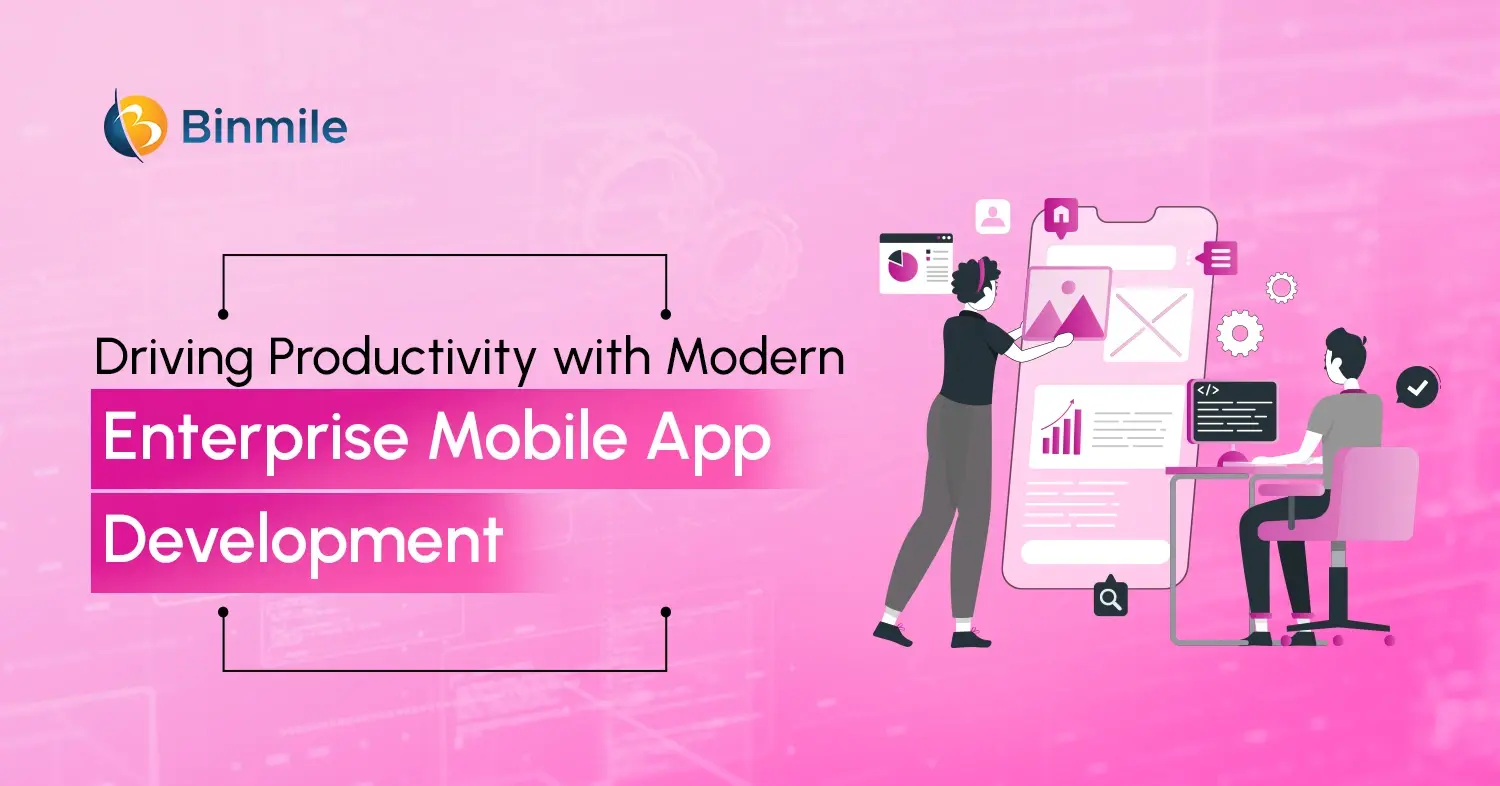Application Programming Interface or API is typically used to streamline communication between two separate apps via different channels. We refer to APIs utilized through online networks as “Web Services.” Writing APIs to communicate with a database or another module is an essential practice in applications; thus, as testers, it is vital to test the APIs thoroughly.
Simply put, an API is a service that enables communication between two applications. Most often, APIs are implemented to extract an application’s direct database access from its business logic.
The entire application architecture can be divided into three layers:
- Presentation Layer – The user interface (GUI) in the presentation layer is accessible to end users. Functional testing is done by QA team at this layer.
- Business Layer – The logic is written in the business layer, which is the application user interface. Technically speaking, this is where the code or algorithm is located. At this tier, APIs are involved.
- DataBase Layer – This is where the application data is located.

Deep Dive into API Test Automation
Let’s Start With The Basics!
API test is a types of software testing that verifies the functionality of application programming interfaces. The goal is to examine the programming interfaces’ usability, dependability, performance, and security. In API testing, you use software to make calls to the API, retrieve output, and record the system’s response. In the case of API testing, the business logic layer of the software architecture is the main focus as opposed to GUI testing, which focuses on the look and feel of the application.
API Test automation is one step above API testing, where it automatically executes tests with the help of various API automation testing tools, maintains test data, and uses its outcomes to improve software quality.
Keep Reading: AI Test Automation Tools
What are the Primary Challenges Faced by Enterprises in API Testing
API testing can be challenging. Testing an API application is crucial to ensure that your API responds appropriately to a wide range of expected and unexpected queries. This procedure is intended to verify the API’s dependability, performance, and security in addition to its functionality. API tests help confirm the functionality of all system components, which simplifies the identification of bugs at the unit, database, and server levels.
API test automation allows one to cover many functional and non-functional test scenarios. Additionally, API testing must perform positive and negative tests for a complete scenario verification. Since API testing is a data-driven methodology, such test cases can be tested using a variety of data input combinations. Overall, this results in good test coverage.
Testing APIs is a difficult task, and developers face a few challenges when testing them. The first challenge is that APIs change frequently, so testing against the latest version is essential. Additionally, many APIs are open source and subject to change at the whims of the developers who created them which can make it challenging to determine what the correct behavior should be.
Below are some of the significant challenges top app development companies face when delivering API test automation services.
1. Complete Test Coverage
Traditional UI testing looks at the program’s overall functionality, and a tester puts an input to the test and compares the results to what was anticipated. However, API testing is a different ball game altogether. Use cases for APIs are virtually infinite because they serve as the nucleus of logic and the entry point to data for many applications. As a result, the development and technical testers in charge of test case design cannot handle the volume of necessary tests.
2. Asynchronous & Synchronous Processes
Due to the complexity of modern applications, one API may be connecting numerous microservices and other APIs. A single API call can therefore cause a variety of parallel changes.
As a result, when an API is integrated with additional API calls, its complexity may increase exponentially. It’s an added burden to the testers because testers must take into account the calling order of APIs in test case creation, which increases the complexity. Therefore, both atomic, independent units of work and orchestration must be used to conduct API testing for complete application coverage.
3. Access to Dependent Systems
Data is retrieved from various microservices and back-end systems for an API. The resulting architecture may resemble a tree’s deep, radial spread. To expect that you will have access to every environment on this tree is unrealistic. Some dependencies might still be in the app development stage, while testing third-party systems and mainframes might be expensive, or the window and scope of access might be too small. Therefore, the simulation of unavailable resources is the key to avoiding testing bottlenecks.
However, the conventional approach to creating dummy mockups is complex. For instance, due to interoperability issues, developers typically write stubs and mocks, which are occasionally shared with QAs and rarely shared with other development teams. Additionally, they cannot mimic race circumstances for in-depth load and performance testing.
4. API Versioning
Versioning is another factor contributing to API testing’s increasing complexity. An API must tolerate an old version calling a new version or a combination of both since most systems have some degree of deprecation. The API must identify missing data and set the default to ensure that the previous version continues functioning. Additionally, it’s likely that some versions can only be called by specific versions; therefore, it’s necessary to verify all of the different possible combinations.
Also Read: Google Cloud Vision API for Retail
Top API Automation Testing Tools
Postman

Postman is an API testing tool that began as a Chrome plugin and evolved into an on-premise solution for both Mac and Windows. It is an HTTP client that examines HTTP requests using a graphical user interface, allowing us to get different results that must then be verified.
Postman employs new advanced options in version 7.3 of 2020 to assist users in efficiently managing collections and API components (mock servers, monitors, tests, and documentation) created from API schemas. Additionally, you may control the public data for your team and provide access to all workspace components, including collections, requests, and APIs, through the Postman app.
Continue Reading : Smart API Testing Automation Solutions with Postman
Katalon Studio

Katalon Studio is the top test automation tool for API, Web, mobile, and Windows apps. It has been recognized in the Gartner Peer Insights Customers’ Choice for Software Test Automation for three years consecutively. Developed by Katalon, Inc, the application testing software is built on top of the open-source Selenium and Appium automation frameworks with a specialized IDE interface.
It has an easy-to-use interface and result-driven features for testing applications of all sizes. The tool uses a data-driven test methodology for complete test coverage and performance. Read how Binmile helps you in app automation with Katalon
JMeter

Apache JMeter is an open-source Java tool for load and performance testing. Its Java-based functionality makes it a versatile tool that can be used on any platform that has a JVM, including Windows, Linux, and macOS. The device is easy to use and handy, which makes it a preferred choice for API testing by developers and testers despite their experience level in test automation. It helps stimulate users to assess how well an application performs under pressure. Numerous plugins are available for JMeter, and additional plugins can be quickly added by setting up a plugin manager.
The most recent version, JMeter 5.4.1, is jam-packed with valuable upgrades, including fresh themes, performance improvements, disabled component dashboards, a redesigned Groovy library, and functional testing-specific JMeter templates. Performance and load testing for Web applications are best suited for this tool.
Soap UI

SoapUI is a headless functional testing tool specifically designed to test APIs. It makes it simple for users to test Web Services, including REST, SOAP APIs, and HTTP-based services. With a commercial partner called ReadyAPI that offers additional capabilities for businesses with mission-critical Web Services, SoapUI is an open-source, free solution.
Its upgraded pro feature enables users to perform data-driven testing, simulating consumers’ interaction with APIs backed by files, databases, and excel. It supports native CI/CD integration and asynchronous testing and comes with updated third-party libraries for increased testing flexibility.
Rest-Assured

REST Assured is one of the most popular open-source Java APIs used for developing and maintaining tests for RESTful web services. It tests and validates RESTful web services based on XML and JSON, along with additional support for POST, GET, DELETE, and all significant requests. On top of that, Rest Assured uses the Groovy-based builder pattern to build requests, establish heads, examine the incoming response, and then compare it to the expected data. It allows requests that contain OAuth and OAuth 2.0 in addition to all HTTP methods. The tool easily integrates with the Serenity automation framework, allowing users to mix UI and REST testing in a single framework that generates excellent reports.
Read More: API Design Best Practices
Conclusion
To sum up, test automation is critical in today’s industry. However, the challenges that come with it can be difficult to manage. Asynchronous and synchronous processes, access to dependent systems, and API versioning are all potential challenges that need to be considered. Despite the obstacles, test automation has become essential to the software development process. Automated testing can help developers save time and improve the quality of their applications, along with ensuring your applications meet customer expectations.
To help alleviate some of the challenges that come with test automation, reach out to an automation testing company with experience in the field. There are many API automation testing tools and techniques that can be used to make the process more efficient but what is essential is to follow the correct methodology and industry best practices. IT consulting companies that provide API test automation services follow a rigorous process-driven approach and deliver results within the stipulated timelines can help make your automation testing more efficient.









